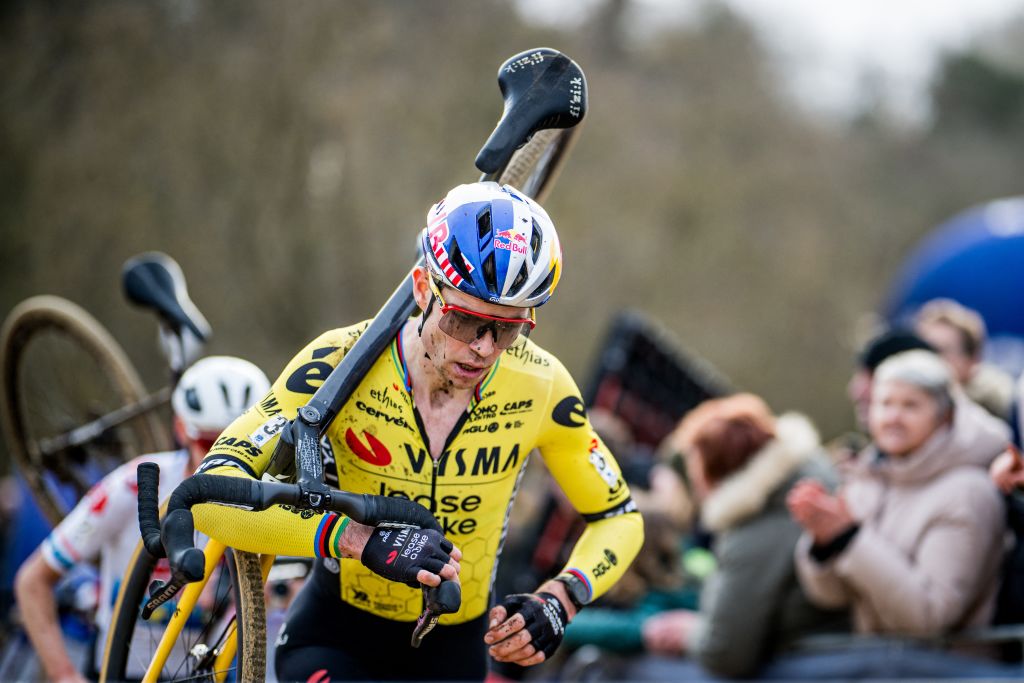Tour of Utah venturing into the unknown with reconfigured Salt Lake circuit
Tweaks to a familiar course inspire different opinions about a bunch sprint or GC shuffle
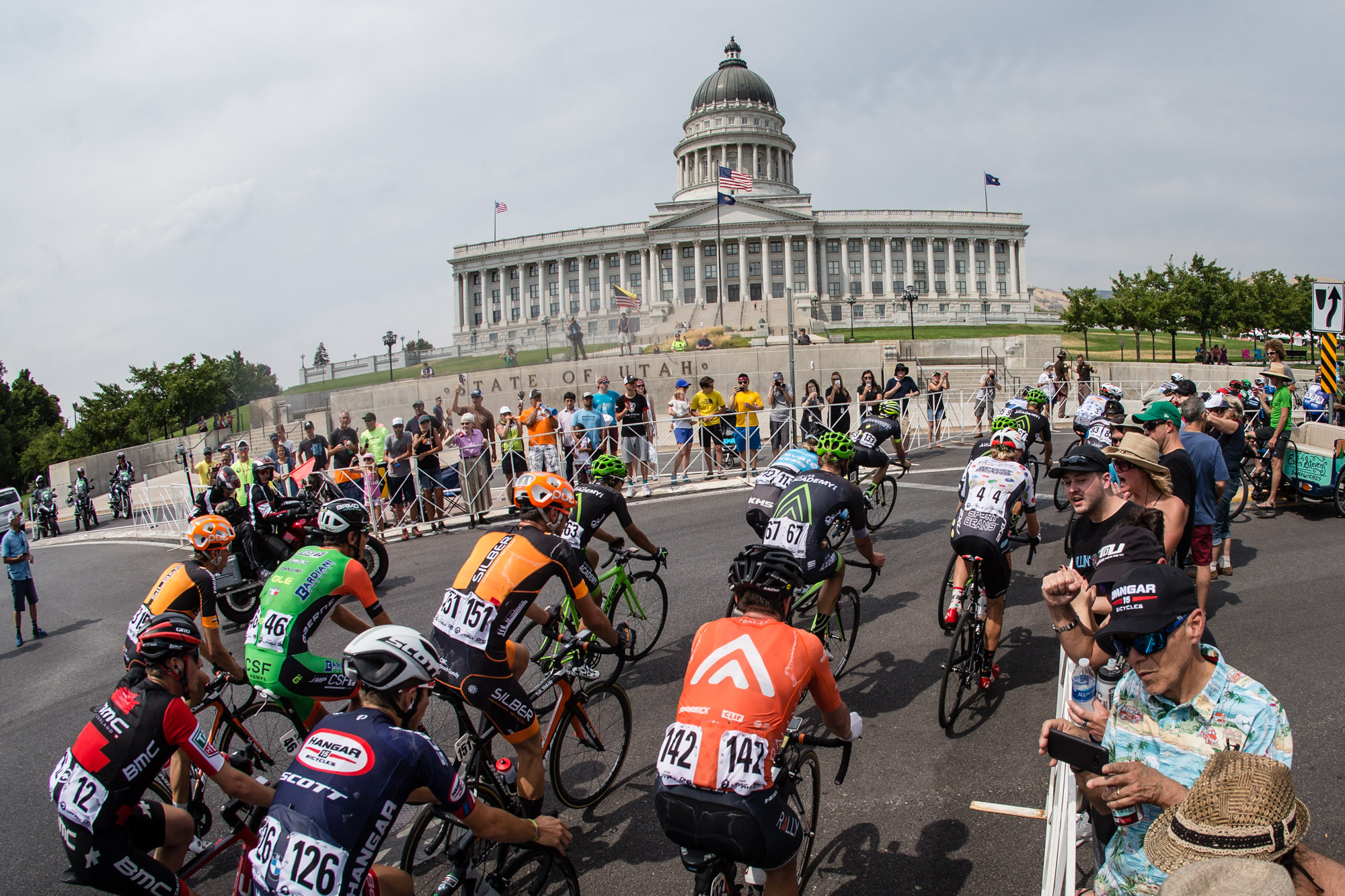
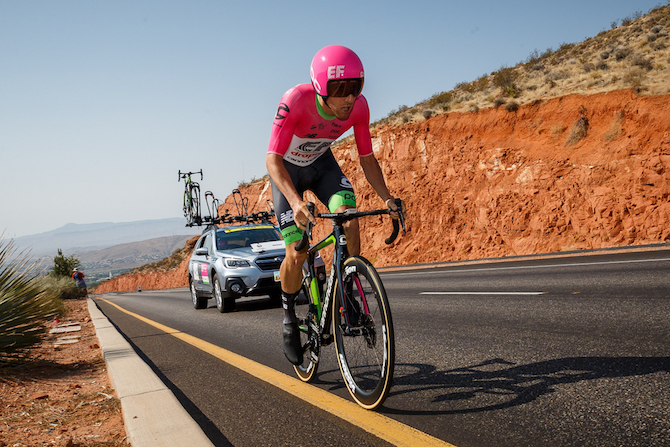
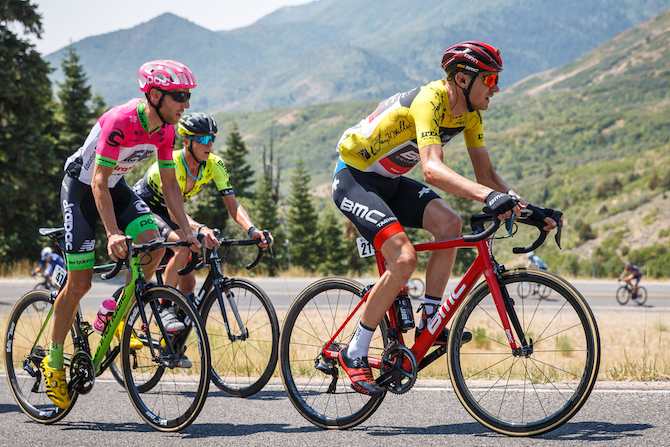
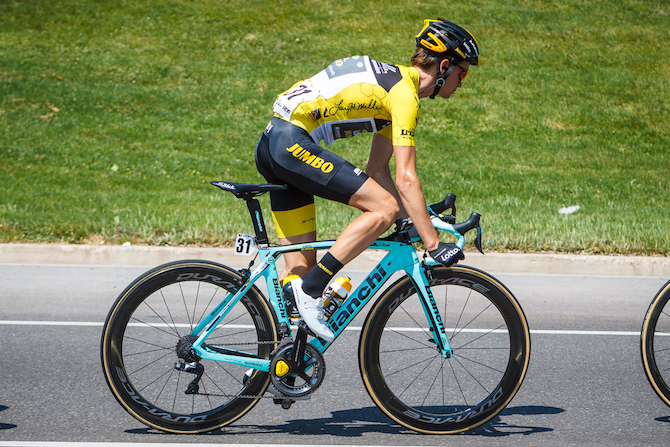
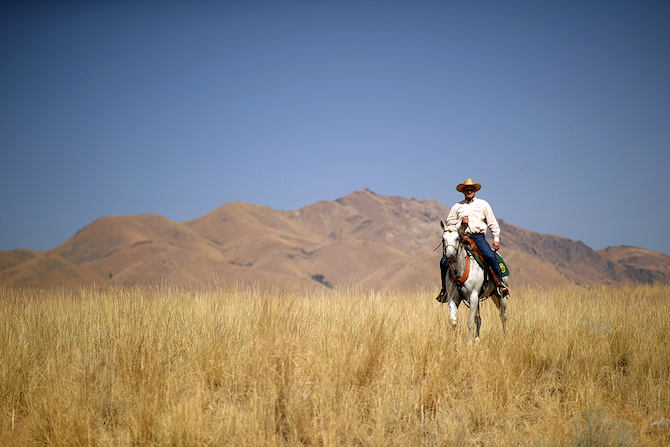
The Larry H. Miller Tour of Utah circuit race in downtown Salt Lake has always been a brutal affair, never more so than in 2015 when the route took riders up multiple short-but-steep ramps on the climb to the finish above the state capitol complex. EF Education First-Drapac’s Mike Woods, riding for Optum Pro Cycling in 2015, won the stage that day and took the yellow jersey that he’d wear for a day.
This year’s stage once again finishes on the road above the state capitol, but the route to the top is more direct and avoids some of the most brutal ramps. That said, the new route will be the hardest since 2015. There’s also a different finish location after a long descent to the urban core on Main Street, which has a slight 4 per cent rise to the line.
The new route has inspired several different opinions about how it will affect the finish, with some riders and directors believing it will be an all-out GC brawl among the top teams, and others telling Cyclingnews they expect a bunch sprint. Whatever happens, race leader Sepp Kuss and his LottoNL-Jumbo team are likely going to have a difficult day ahead of them when the race leaves the start line on Friday.
Past winners of the Salt Lake City stage give little indication of how the race will play out, with a mix of climbers, all-rounders and sprinters taking the honours there. Janier Acevedo won there in 2011 with the Colombian Gobernation de Antioquia team.
When the race returned in 2013, Michael Matthews beat Greg Van Avermaet for the win. Woods claimed the 2015 win, and Marco Canola (Nippo-Vini Fantini) took the prize last year ahead of Brent Bookwalter (BMC Racing) and Gavin Mannion (UnitedHealthcare), both of whom are in the race this year.
Woods, who moved from fifth overall to fourth on Thursday by winning an intermediate sprint during stage 3, told Cyclingnews he definitely believes Friday’s Salt Lake City stage can shake up the GC, and he might be looking for a result there to help him move up the overall standings.
“Yeah, for sure,” he said when asked if the stage had GC potential. “My sprint’s not bad. I proved that in the intermediate today. I managed to get three seconds on one of them. I’ve got a good pop, so hopefully I can make some inroads.”
The latest race content, interviews, features, reviews and expert buying guides, direct to your inbox!
Steep climbs and bonus seconds
Woods edged out double-stage winner Travis McCabe (UnitedHealthcare) and Colombian fastman Edwin Avila (Israel Cycling Academy) in Wednesday’s second intermediate sprint in Layton, proving he’s got the speed to go toe-to-toe with the sprinters when it matters. To further motivate the GC riders, there are bonus seconds of 10, six and four seconds for the top three. Nevertheless, Woods said the stage could play out a number of ways.
“I think it’s going to come down to how LottoNL wants to play it, obviously,” he said. “They controlled really well today. We’ll see how it goes tomorrow.”
You can also put BMC Racing director Jackson Stewart down for believing Friday will be a big day for the general classification.
“I think it’s going to be really hard to control, because you’ve kind of seen all week that other than UHC, nobody’s really that confident in their sprinter,” Stewart said. “Nobody seems to be riding the front in the finishes. It’s been kind of a big standoff.
Stewart told Cyclingnews he believes LottoNL-Jumbo will have a hard time controlling the stage, and with none of the other teams showing a willingness to control stages for their sprinters, the race could turn into a madcap afternoon of endless attacking.
“It’s kind of the wild, wild west out here,” Stewart said. “Everyone’s kind of throwing everything at them and just hoping something will stick and they’re in the right situation.”
Sprinters’ delight
But McCabe, winner of the sprint finishes on stages 1 and 3, said he expects a reduced peloton to come to the line Friday for bunch kick.
“I think it will be for the type of sprinters we have here,” McCabe said. “It will be a diminished field sprint of 50-60 guys. It’s a hard course, but I think all of the guys here who can sprint are also capable of climbing, so it’s going to come down to a sprint in my eyes.
“It could come down to a small group going up the road, but it’s so hard and heavy on the legs all day long, and then we have two big days coming up right after that, so to me it doesn’t make much sense for like the GC guys to really attack,” McCabe said. “So I think there might be chances for other guys like Kiel [Reijnen] and Alex Howes, who are trying to go for stage wins there. But it’s going to be hard to get rid of Jasper Philipsen, Edwin and I, so I see it ending in a sprint.”
Rob Britton knows all about what Kuss and his LottoNL-Jumbo team have to deal with in Salt Lake. The Rally Cycling rider won the overall last year and had to defend his jersey in Salt Lake on the final day. Like McCabe, Britton said he expects a bunch sprint from a reduced group.
“We were in the position of defending last year on that course, and it’s just a heavy course, like Travis said, and it does just grab you,” Britton said. “I’m not sure about the finish, but it looks like it’s more like the 2015 route with the climbing. But I think you’ll see a smaller-group bunch kick almost certainly. The guys who would have the legs to stay up the road would be GC guys, and they’re not going to be able to go up the road. I expect the last two laps to be so fast, it’s just kind of always come back together.”
Hagens Berman Axeon director Jeff Louder, a Utah native who won a stage of the race in 2010, said the Salt Lake circuit traditionally ends with a hard, uphill sprint.
“It’s not for pure sprinters,” Louder said. “But this year the finish is actually a little bit further down the hill, so it really just depends on how the course is approached up until that point. If the group is all together on that last lap, it will be a group sprint, and it will be the guys who are typically sprinting here. But they have to get to here, and it’s a hard 10 laps.
“It’s really about the pace of the race,” Louder said. “If the GC riders and the good climbers really try to blow it wide open – and it also depends on how LottoNL-Jumbo wants to defend – it could be another day for the breakaway.”
Growing up in Missoula, Montana, Pat competed in his first bike race in 1985 at Flathead Lake. He studied English and journalism at the University of Oregon and has covered North American cycling extensively since 2009, as well as racing and teams in Europe and South America. Pat currently lives in the US outside of Portland, Oregon, with his imaginary dog Rusty.
